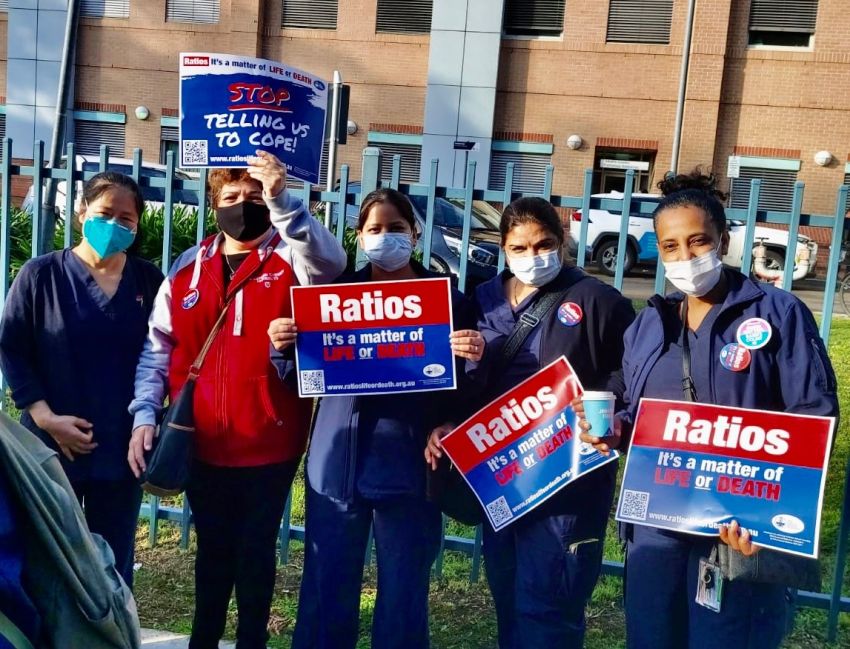
August 29 was Equal Pay Day. The date is calculated by the number of days, from the end of the financial year, that women must work, on average, to earn as much as their male counterparts. This year, it was 60 days.
Data shows that the gender pay gap in Australia is growing.
Statistics from the Workplace Gender Equality Agency (WGEA) and the Australian Bureau of Statistics (ABS) reveal that the national gender pay gap rose 0.3 percentage points over the last 12 months to 14.1%.
This means that, on average, women working full-time earned $263.90 less than men each week.
Aware Super estimates this difference equates to a $136,000 difference between men and women in their retirement savings when they finish work.
The gender wage pay gap is sometimes misunderstood as being a “like for like” comparison between two people completing the same job. However, the gender pay gap measures the difference in the average earnings of women and men by quantifying the social and economic factors that impact earnings.
The gender pay gap can be used as a measurement of gender equality in the workplace.
It intersects with other forms of discrimination, for example, racism, ableism and classism, further entrenching existing, unjust economic structures.
Measurements of the gender pay gap commonly include estimations of the unpaid labour that women complete, for example, household duties and caring for children and elders.
This labour is not valueless: WGEA estimates that unpaid labour by women is equivalent to $650.1 billion. Globally, this figure is close to $10.9 trillion.
Causes of the gender pay gap are complex.
Female-dominated industries, such as childcare and nursing, receive less pay compared to male-dominated industries. Historically, women have tended to seek out employment opportunities that offer flexible and part-time roles to be able to accommodate their caring responsibilities in the home.
Women face barriers returning to the workforce after having children: some research indicates that fathers are perceived as being more competent than mothers in workplaces.
This bias towards male leadership, together with caring responsibilities interrupting career progression for women, leads to men dominating leadership positions.
While women make up almost half of all employees, they are very under-represented in key decision-making roles in almost all industries: they are just 19.4% of all CEOs, according to WGEA.
The real-world implications of the gender pay gap are alarming: women aged 55 and older are the fastest growing demographic experiencing homelessness. In part, this is due to their substantially lower levels of superannuation savings.
Reducing women’s economic power has direct and negative impacts on their ability to access healthcare and education opportunities.
Research shows that financial insecurity makes it harder for women to leave violent relationships and, if they manage to, constrains their choices.
WGEA director Mary Wooldridge said that current cost-of-living pressures are compounding the effects of the gender wage gap, meaning “many women now find it even harder to make ends meet”.
Closing the gender pay gap makes economic sense.
Minister for Women and Finance Katy Gallagher told the recent Jobs and Skills Summit that achieving wage parity between men and women would lead to an 8.7% increase in gross domestic product — the equivalent to $353 billion over the next 30 years.
Woolridge said that “while the gender pay gap persists, women’s skills, capabilities and potential are not being fully realised or valued”.
Closing the gender pay gap requires targeted action from employers and policy makers to address the structural factors that drive gender inequality in the workplace.
WGEA is campaigning to normalise flexible working arrangements for all genders and to introduce gender-neutral paid parental leave policies to help address the gap. It also wants solutions to address gender differences in superannuation earnings and affordable childcare.